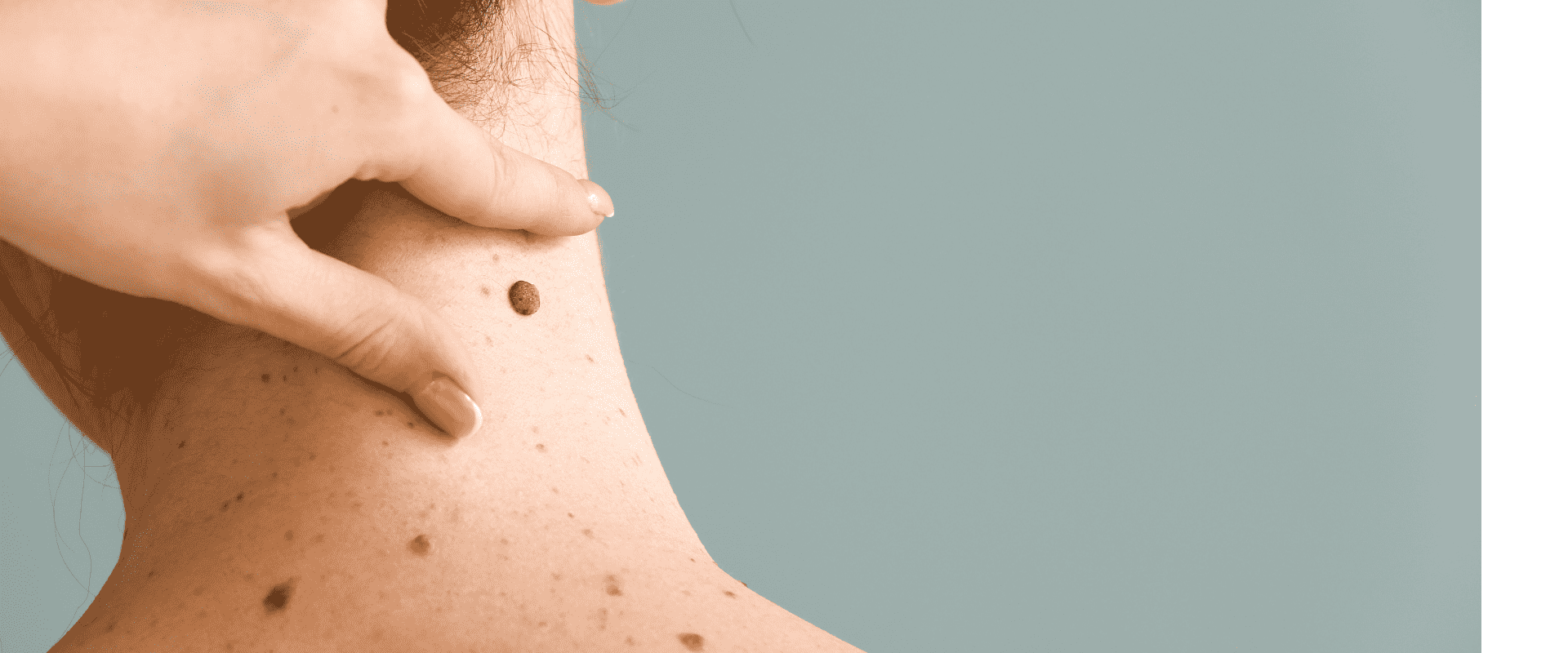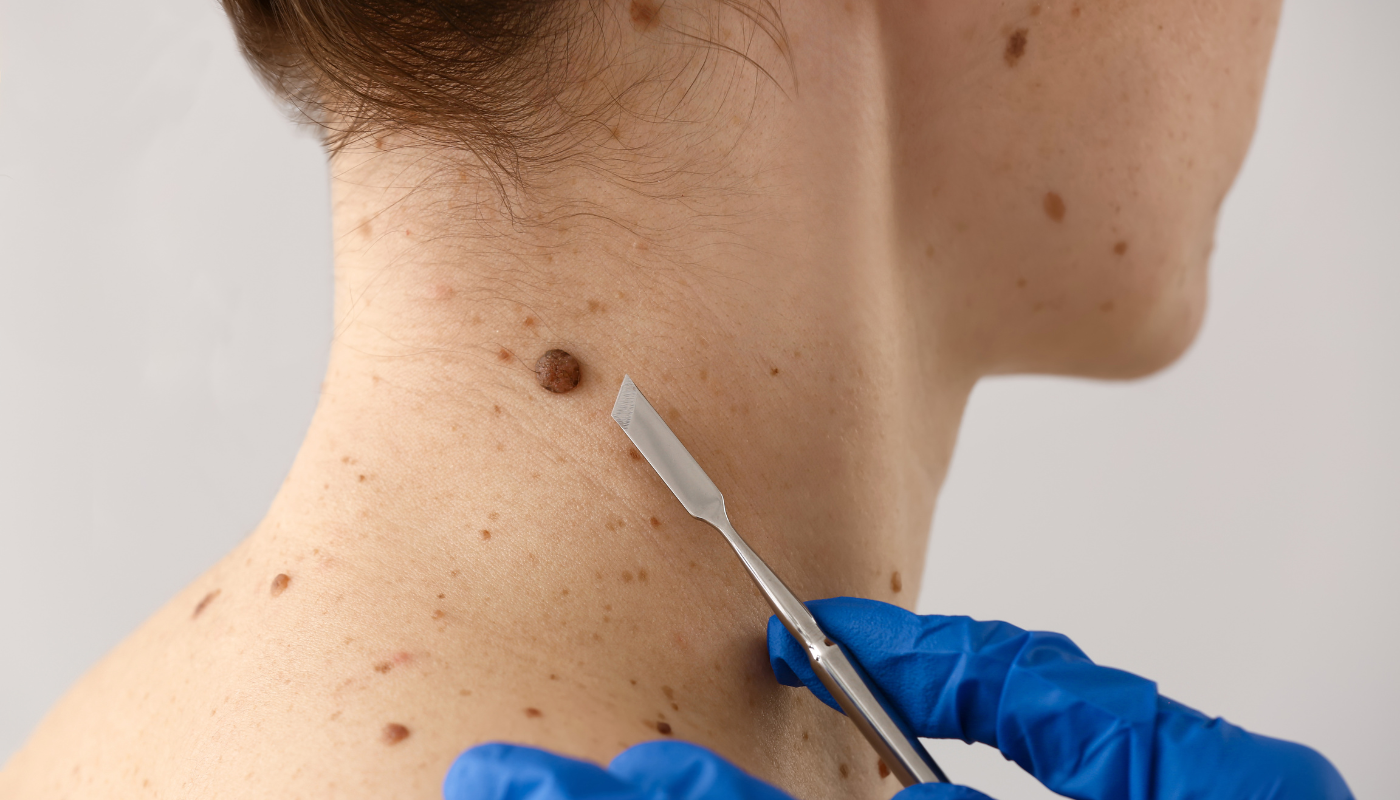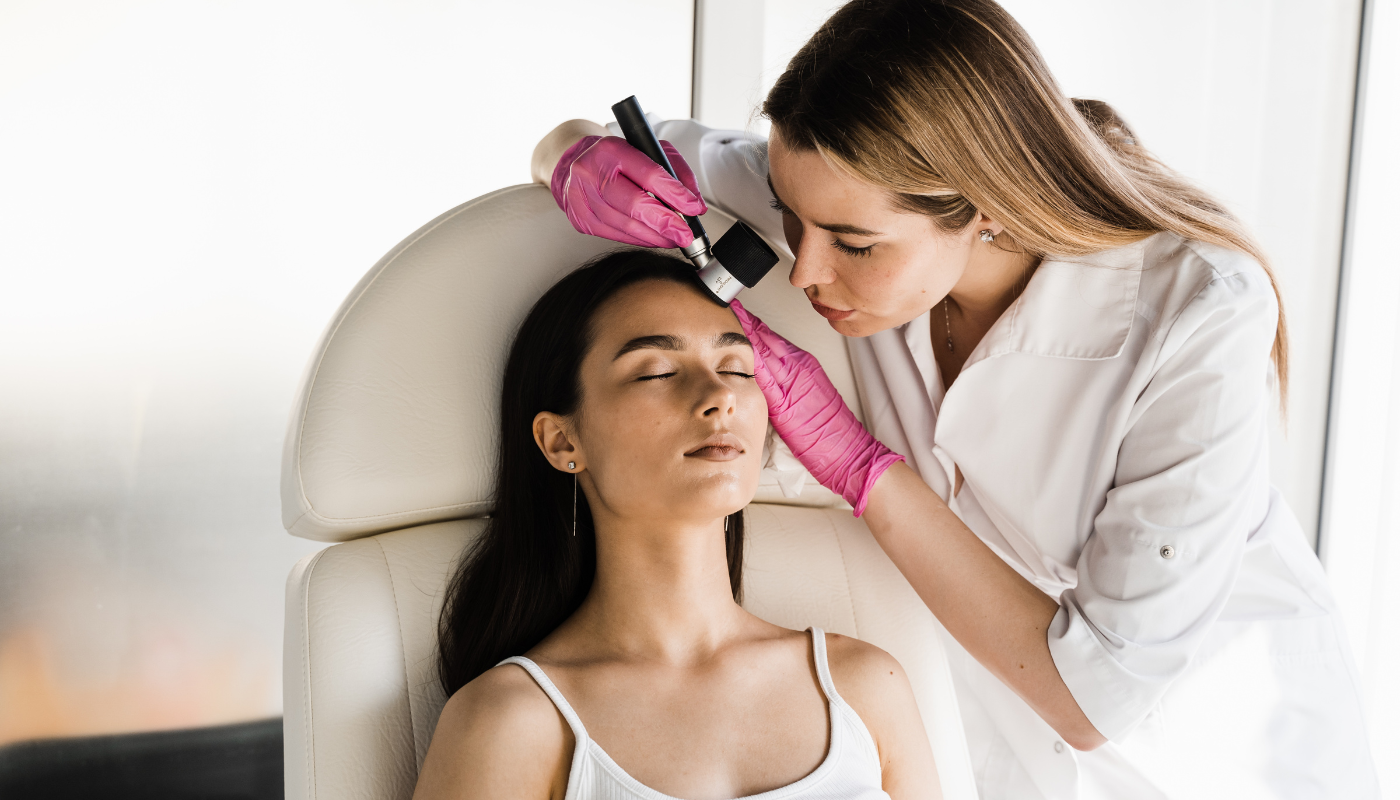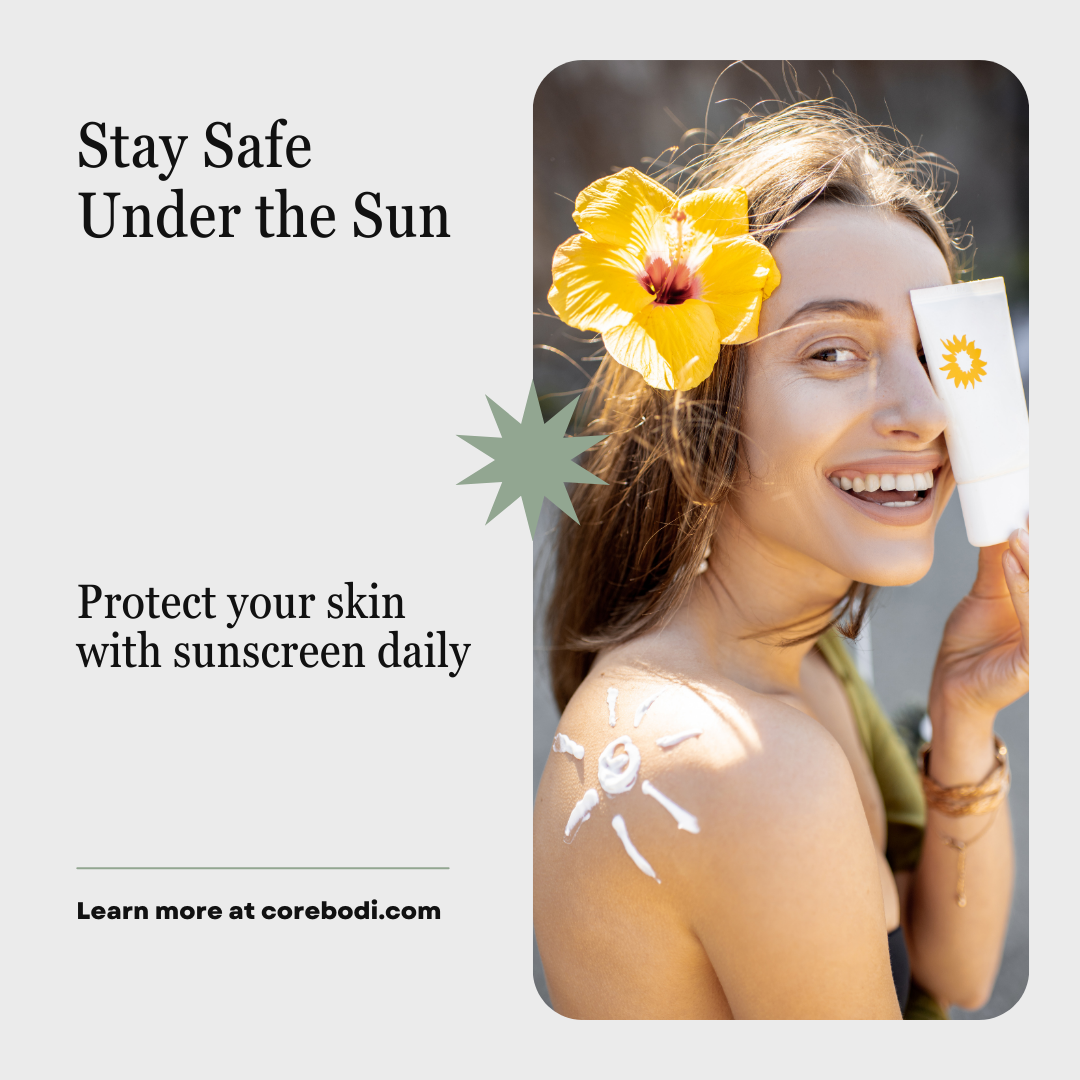Melanoma Symptoms - What to look out for.
Melanoma Symptoms - What to look out for.

Melanoma Symptoms: Recognizing the Early Warning Signs
Melanoma, a type of skin cancer, is one of the most dangerous forms of the disease.
Early detection plays a crucial role in improving the prognosis and increasing the chances of successful treatment.
Understanding the symptoms of melanoma is essential for identifying potential warning signs.
Here we will explore the various symptoms associated with melanoma and highlight the importance of regular self-examinations and professional screenings.
Overview of Melanoma
Melanoma develops in the cells responsible for producing melanin, the pigment that gives color to the skin, hair, and eyes. Although it commonly originates in the skin, it can also develop in other pigmented tissues, such as the eyes or mucous membranes.
Melanoma is often caused by exposure to ultraviolet (UV) radiation from the sun or artificial sources like tanning beds.
The ABCDE Rule
The ABCDE rule is a helpful tool for recognising potential melanoma symptoms.
Each letter represents a key characteristic to watch out for:
- A: Asymmetry – Melanomas are often irregularly shaped, with one half differing from the other.
- B: Border irregularity – The borders of melanomas are typically uneven, with scalloped or poorly defined edges.
- C: Colour variation – Melanomas can display various colours within the same lesion, including shades of black, brown, tan, red, white, or blue.
- D: Diameter – Melanomas are usually larger in diameter than a pencil eraser (about 6 mm), although they can be smaller during the early stages.
- E: Evolution – Melanomas may change in size, shape, or colour over time.
Common Symptoms of Melanoma
Aside from the ABCDE rule, several other symptoms can indicate the presence of melanoma:
- New moles or growths: The sudden appearance of a new mole or growth on the skin, especially after the age of 30, can be a potential melanoma symptom.
- Changes in existing moles: Pay attention to any alterations in size, shape, color, or texture of existing moles, as well as the development of itching, bleeding, or crusting.
- Itching or tenderness: Melanomas may cause persistent itching, tenderness, or pain in the affected area.
- Ulceration: Melanomas can lead to the development of sores or ulcers that fail to heal.
- Spreading pigment: Melanomas may spread pigment to the surrounding skin, causing darkening or discoloration.
Less Common Symptoms
While the ABCDE rule and common symptoms are helpful, it's important to note that melanoma can also manifest in less common ways, including:
- Nail abnormalities: Melanoma can appear as dark streaks or spots on the nails.
- Oral melanoma: It can develop in the mouth, on the lips, or in the throat, causing changes in pigmentation or the presence of sores.
- Eye melanoma: This type of melanoma can affect the iris, causing changes in eye color or the appearance of unusual spots on the eye.
- Central nervous system symptoms: Advanced melanoma may spread to the central nervous system, resulting in headaches, seizures, or other neurological symptoms.
Importance of Early Detection
Early detection of melanoma significantly improves treatment outcomes.
Regular self-examinations and professional screenings can help identify potential warning signs and allow for timely intervention.
If you notice any suspicious changes in your skin, promptly consult a healthcare professional for evaluation.
Being aware of the various symptoms associated with melanoma is crucial for early detection and treatment.
Remember to follow the ABCDE rule and be vigilant about changes in existing moles or the appearance of new growths.
By recognizing potential warning signs and seeking medical attention promptly, you can significantly increase the likelihood of successful treatment and a positive outcome.
Stay proactive in monitoring your skin health and always prioritize your well-being.
More Skin Tips.
CoreBodi










| Powered by Kaptol Media


